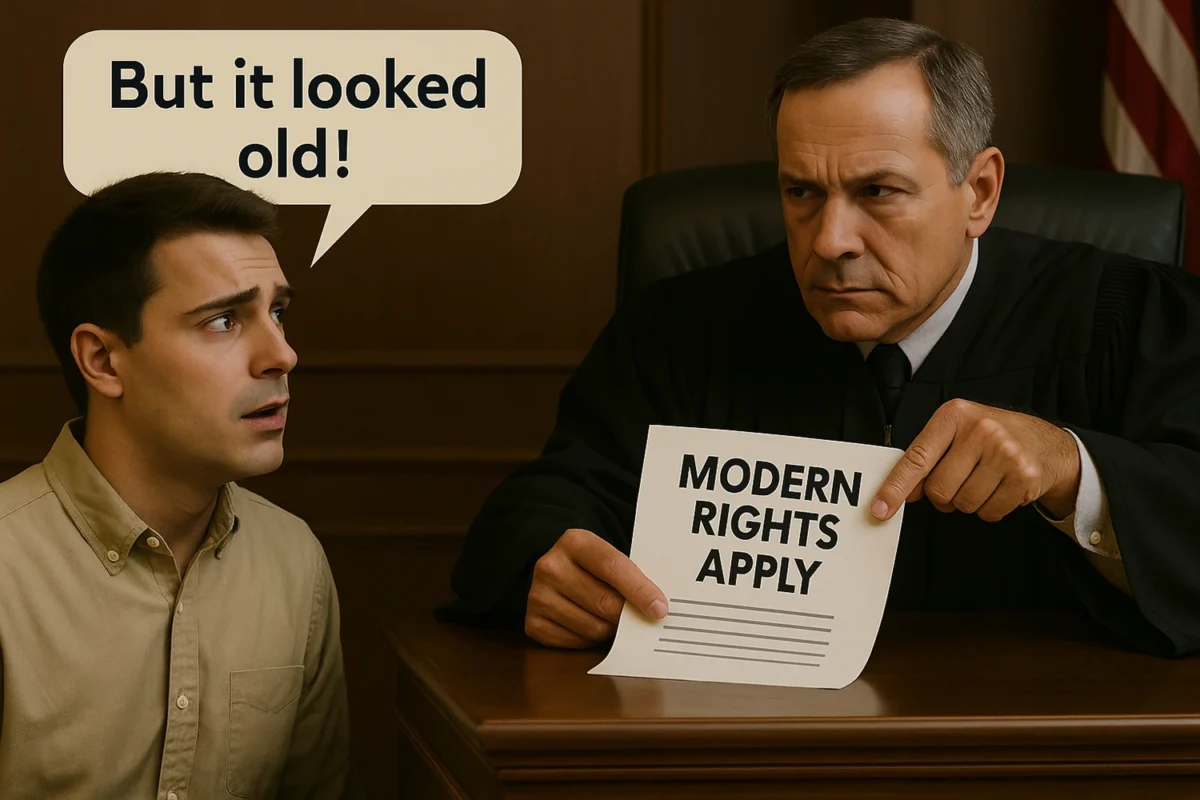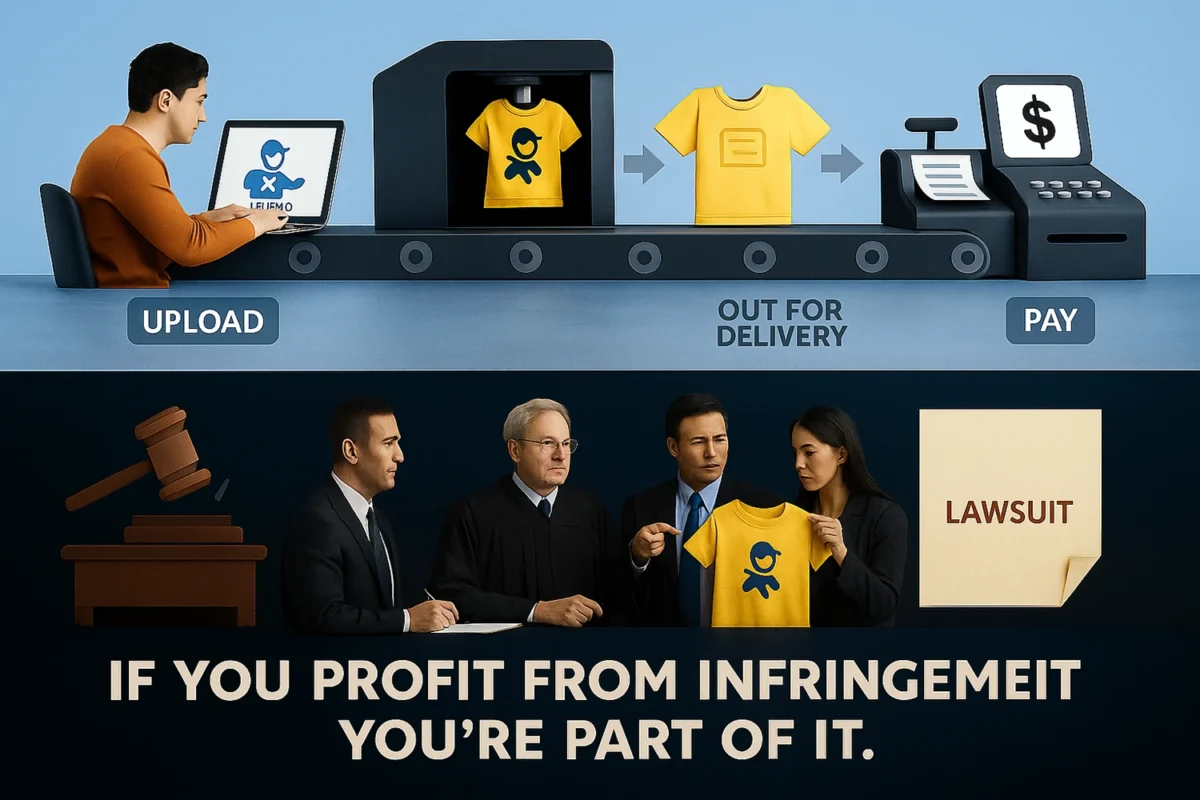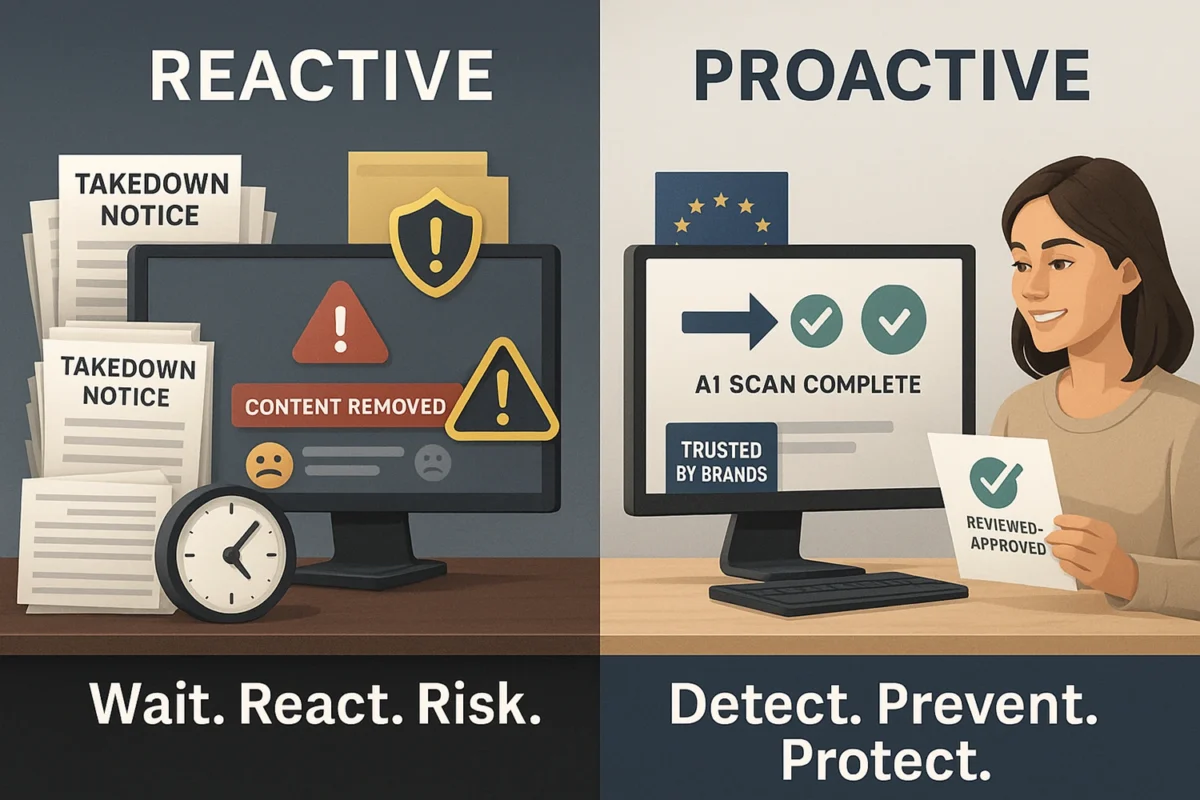The Public Domain: What Can You Use Without Getting Sued?
One of the safest sources of creative material is the public domain—but using it correctly isn’t always as simple as grabbing old art or literature from the internet.
If your platform hosts user uploads or enables creators to sell products, understanding what is (and isn’t) public domain is crucial to minimizing legal risk.
Here’s your guide to navigating the public domain safely.
1. What Is the Public Domain?
The public domain includes creative works that are not protected by intellectual property laws, meaning they are free for anyone to use, copy, modify, or distribute without permission.
A work can enter the public domain through:
- Expiration of copyright (after a certain number of years, typically 70+ years after the creator’s death)
- Failure to renew copyright (for older works)
- Dedication to the public domain by the rights holder
- Non-copyrightable material (e.g., facts, ideas, methods)
Bottom line: Once a work is in the public domain, it belongs to everyone—but proving it isn’t always straightforward.
2. Common Sources of Public Domain Content
Government Works:
In the U.S., most federal government publications are automatically public domain.
Old Books, Art, and Music:
Works published before 1929 (as of 2025) are generally in the public domain in the U.S.
Creators’ Voluntary Releases:
Some artists and authors release their work under Creative Commons Zero (CC0) or similar public domain-like terms.
Expired Copyright:
Older films, vintage illustrations, and early sound recordings often fall into this category.
Important: Public domain status can differ by country. A work might be public domain in the U.S., but still protected elsewhere.
3. Public Domain Pitfalls That Platforms Must Watch Out For
Even when something looks old or free, risks still exist:
- Modern modifications — A colorized version of a public domain photo might be protected separately.
- Trademark overlays — The image may be public domain, but brands might have trademarked its commercial use.
- Mislabeling online — Not everything labeled “public domain” on the internet truly is. (Many stock sites include disclaimers about verification.)
- Derivative works — Adaptations, remixes, or stylized versions could have new copyright layers.
Key risk: Uploaders often assume that anything vintage-looking or tagged “public domain” online is safe to sell—which isn’t always true.
4. How Platforms Can Help Users Use Public Domain Content Safely
If your platform enables content creation, you can reduce risk by:
- Educating users about what is and isn’t public domain
- Providing a curated library of verified public domain resources
- Encouraging attribution even if not legally required (good faith effort)
- Using visual AI tools like Infringio to flag suspicious content that could appear old but be legally protected
Proactive education and moderation reduce reliance on takedowns—and protect your brand reputation too.
Conclusion: Public Domain = Free to Use…If You’re Sure
The public domain is a valuable creative resource—but only if you verify what you’re using.
For platforms:
- Don’t assume everything labeled “public domain” online is safe.
- Train your moderation teams (and AI) to recognize potential risks.
- Offer resources or guides to help creators stay compliant.
Because when it comes to IP, “It looked old” isn’t a valid defense.
Want to help your platform filter public domain uploads safely?
Book a demo with VISUA today about proactive IP enforcement with Infringio.
Disclaimer: Not Legal Advice
This content is provided for informational purposes only and does not constitute legal or professional advice. The information reflects our understanding as of the date of publication and may not apply to every situation or jurisdiction. You should consult qualified legal counsel for advice tailored to your specific circumstances. Any actions taken based on this content are at your own risk. Neither VISUA nor its affiliates accept liability for any losses or damages arising from the use of this information.
Book A DemoRELATED
Redbubble, Teespring, and the Lessons of IP Enforcement Failures
Reading Time: 3 minutesPrint-on-demand (POD) platforms empower creators to design and sell products without holding inventory. But with that power…
BlogHow AI Is Changing the Game in IP Enforcement
Reading Time: 2 minutesIP enforcement used to be simple: But today’s infringement landscape – especially for POD and UGC-heavy platforms…
BlogThe Future of IP Compliance – Proactive vs. Reactive Models
Reading Time: 2 minutesFor years, most platforms treated IP compliance as a reactive function: But the market – and the…
Blog


